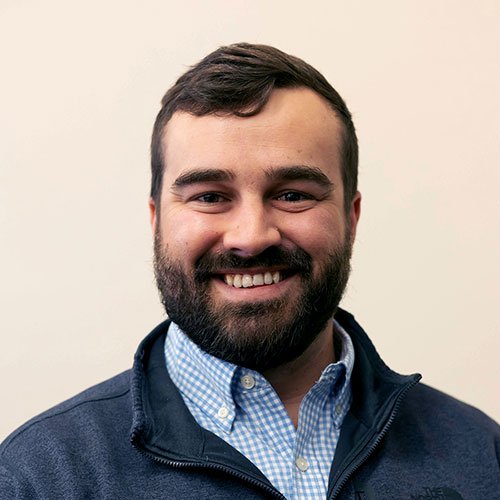SWOF Field Visits: Going the Extra Mile in MRV
Program Operations Lead, Corey McKinney, walks us through SWOF's field verification process.
By Corey McKinney, Monitoring & Verification Lead
To say you encouraged a change on hundreds of thousands of acres, across multiple states and with a variety of crops is an enormous task and accomplishment. But stepping foot in every field you influence is going the extra mile. The Soil and Water Outcomes Fund has always chosen to do things the right way, even if it’s the path less travelled. One of the many ways we uphold this mantra for our enrolled farmers and supply chain partners is with in-person field visits. As we prepare to begin this large spring task, I wanted to take a few minutes to review this crucial part of our monitoring, reporting, and verification (MRV) process.
Verification Process Explained:
Once a farmer has enrolled in the Soil and Water Outcomes Fund (SWOF), it is their responsibility to implement the conservation practices outlined in their contract. To confirm all went according to plan, every field under contract with SWOF will go through our in-field verification process. A SWOF staff member, usually the farmer’s Field Program Representative, will step foot in the field at least once and sometimes twice.
The field visit frequency is determined by the type of conservation practices planned. For example, if a producer planned to no-till soybeans with an oat cover crop, oats are winter kill species. If planted, they would only be visible during a fall visit. A SWOF staff member would visit this field once in the fall to confirm the oat cover crop and then again in the spring to make sure no tillage took place. If a producer has only planned a tillage change on a field or will be implementing an over-wintering cover crop, the field is visited just once in the spring.
What happens during a field visit?
SWOF has developed a verification app to ensure all information is gathered through a simple questionnaire. The app walks each staff member through questions on crop type, tillage type, cover crop emergence, and a few other details. They also take two photos of the field that are geo-tagged. This simply means we know the exact location and direction the photos are taken from to ensure field location accuracy. Each field visit is short and to the point. Most farmers never know it even happened.
Efficiency in Action:
As you can imagine, with more than 1 million acres enrolled in 2024, there are a lot of fields to visit this spring! You often hear the phrase, if you’re going to eat an elephant, you got to do it one bite at a time. This couldn’t be more applicable as spring begins. Plotting out these visits in an efficient manner is also a big part of the job. But this meticulous approach ensures accuracy and accountability while supporting the progress of our enrolled farmers.
I want to remind SWOF farmers that while the words “verification” and “compliance” can sometimes come off as intimidating, this shouldn’t be the case with SWOF. We go the extra mile (literally) to uphold compliance and accuracy, but we also understand the complexity of farming and the unknowns it holds. If a contract amendment is needed, we can work on that with you.
As spring arrives, don’t be alarmed when you see SWOF trucks making their rounds, documenting progress. Please reach out with any questions about field visits and thanks again for your commitment to building sustainability in agriculture.
Corey McKinney
Program Operations Lead
In his role as Program Operations Lead, Corey McKinney oversees all aspects of verifying the environmental outcomes produced from on-farm conservation, including water quality improvements and soil carbon sequestration. He previously worked for the Iowa Soybean Association, where he helped farmers plan, implement, and monitor conservation practices. Corey graduated from Iowa State University with a bachelor's degree in forestry. He grew up on a family farm near Oxford, Iowa.

